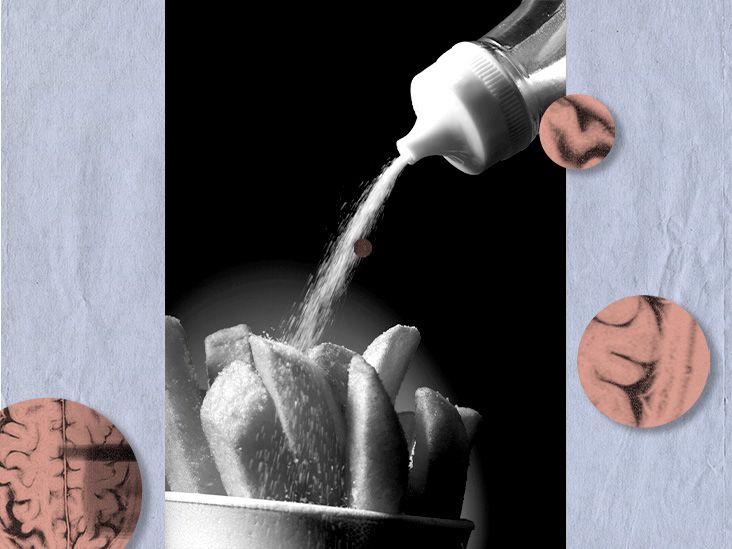Insulin allows cells to absorb and use glucose. In people with insulin resistance, the cells are unable to use insulin effectively.
Insulin resistance occurs when cells in the body do not respond properly to the communication signals from insulin. This increases the risk of developing prediabetes and, potentially, type 2 diabetes.
This article looks at the current understanding of insulin resistance and its role as a risk factor for diabetes and other conditions. It also describes the signs and symptoms of insulin resistance and ways to avoid it.

Insulin regulates the amount of glucose that circulates in the bloodstream. It induces the cells to absorb glucose from the food people eat.
Insulin usually helps the body maintain a good balance of energy by preventing the level of blood glucose from spiking for too long. The reasons for insulin resistance remain complex, and researchers continue to investigate.
The following
- Insulin loses its ability to support body cells effectively.
- At first, the pancreas secretes more insulin in order to maintain safe blood sugar levels.
- The pancreas becomes unable to maintain the release of extra insulin to compensate for the cells’ increasing resistance.
- Consistently high levels of blood glucose develop, which can lead to prediabetes and type 2 diabetes if an individual is unable to receive treatment and manage blood sugar levels.
Learn more about insulin.
Insulin resistance does not usually present symptoms until diabetes develops. There are also links between insulin resistance and the following health issues:
- Acanthosis nigricans: This skin condition can develop in people with insulin resistance. Thick, velvety patches form on the groin, armpits, and back of the neck. Increases in pigmentation may cause the skin to become darker, depending on a person’s skin tone.
- Polycystic ovary syndrome (PCOS): There are
linksTrusted Source between insulin resistance and PCOS. The symptoms of PCOS can include irregular menstrual cycles, infertility, and periods that cause pain. - Vascular disease: An individual with high levels of insulin in their blood may also have an increased risk of vascular diseases, such as heart disease, even if they do not have diabetes.
- Major depressive disorder (MDD): Doctors also associate high levels of insulin in the blood — even without the presence of diabetes — with an
increased riskTrusted Source of major depressive disorder.
If someone has concerns about these conditions, they may consider seeking a test for insulin levels and insulin resistance.
Learn more about PCOS and diabetes.
The
- having overweight or obesity, especially when the extra body weight is around the midriff
- leading a sedentary lifestyle or one that is low in exercise
- smoking
- consuming large amounts of alcohol, which can impact the liver
- experiencing sleep issues
- having high cholesterol levels
- having high blood pressure, which a
2018 studyTrusted Source links to an increased risk of insulin resistance
Preventing these risk factors is not always possible, but some may be avoidable. For this reason, doctors encourage people to adopt lifestyle measures that can help reduce the risk of the condition.
People over age
- have overweight or obesity
- have high cholesterol levels
- have a family history of diabetes
- are of African American, Asian American, Latino or Hispanic American, Native American, or Pacific Islander descent
- have had gestational diabetes or delivered a baby weighing over 9 pounds
Several tests can help diagnose prediabetes and diabetes:
- A1C test: This test measures a person’s average blood sugar level over the previous
3 monthsTrusted Source . - Fasting blood glucose test: A doctor checks glucose levels after an individual refrains from eating or drinking for 8 or more hours.
- Random glucose test: This test involves a medical professional checking blood glucose levels at some point during the day.
Doctors usually request more than one of these tests to ensure an accurate diagnosis.
Learn more about tests for diabetes.
It is not possible to change some risk factors for insulin resistance and type 2 diabetes, such as genetic factors and family history. However, a person can take some steps to reduce the likelihood of developing insulin resistance and diabetes.
Some of the same strategies, such as managing weight or quitting smoking, are
Exercise can also help. Muscles become
Learn whether weight loss improves insulin resistance.
Insulin resistance is a feature of type 2 diabetes, and it can also occur with prediabetes. Insulin is essential for enabling the body to use glucose effectively and prevent blood sugar levels from rising too high. When insulin does not work effectively, blood sugar levels can increase, and diabetes can develop.
Many people with prediabetes can prevent type 2 diabetes from developing by adopting lifestyle measures to counter insulin resistance and the development of diabetes early on.

